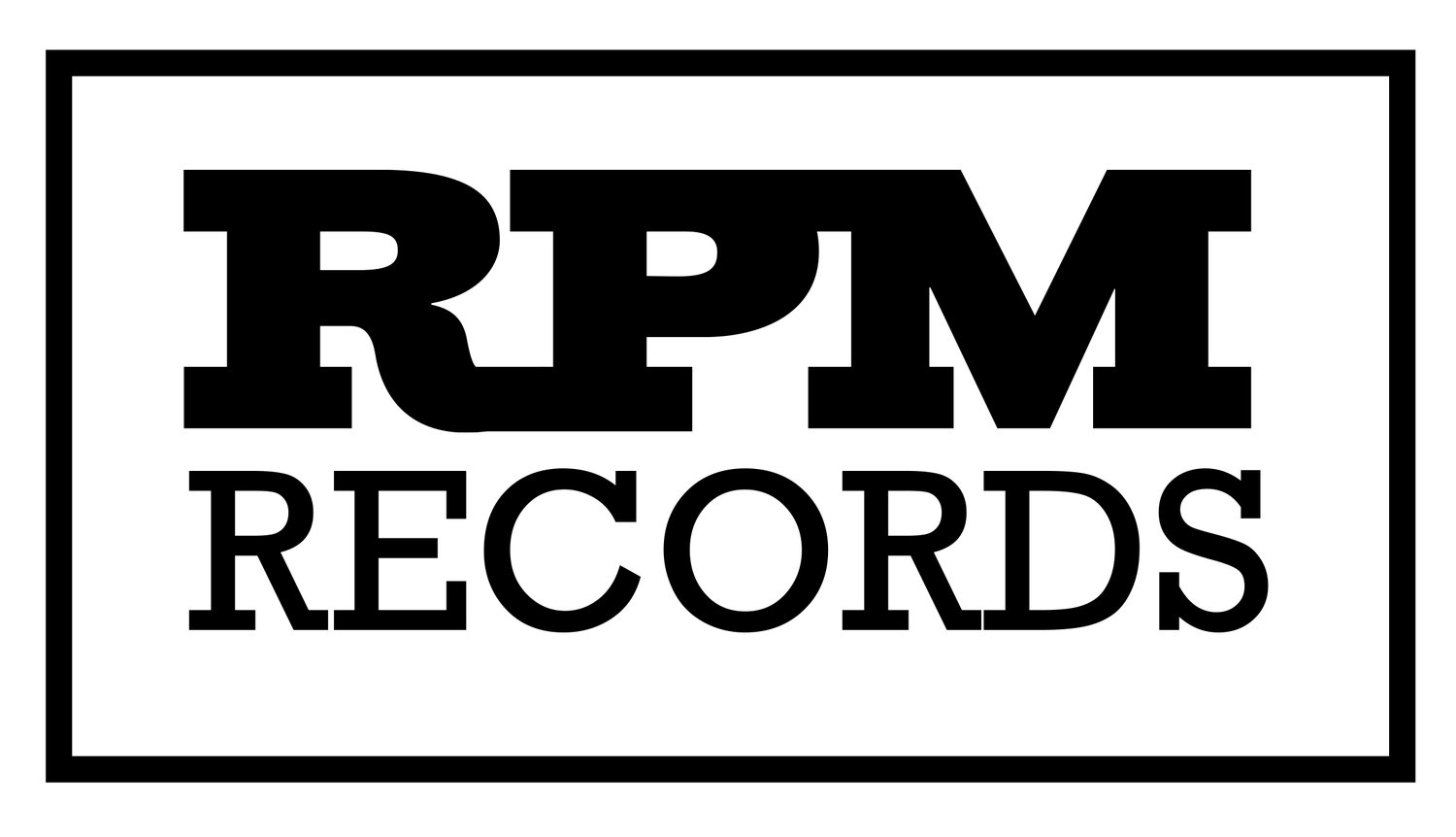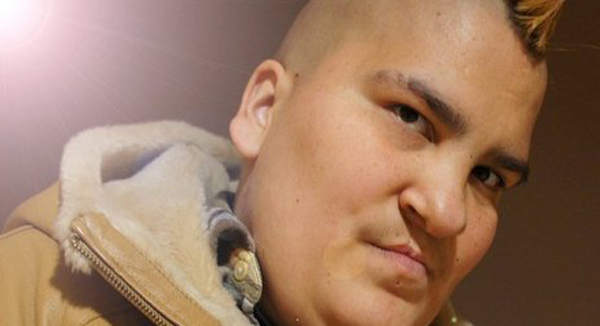Alan Greyeyes, member of the Peguis First Nation, is known to every Aboriginal artist across Canada. He talked to RPM about his work with Manitoba Music, AMP Camp, and what it takes to make it as an artist.
RPM: So Manitoba Music is huge. Can you tell us how that got started?
Alan: Manitoba Music has been around since 1986. The Aboriginal Music Program was launched April 1st, 2004 and I’ve been here for about six years now.
RPM: How did you get involved with it?
Alan: About ten years ago I started out with my eye on the business side of the music industry. I went through university, did my BA with a major in economics, learned how to write funding applications and handle the marketing side of the industry – I learned about graphic design, editorial writing and photography. When this job came up I was lucky enough to be offered it. I’ve been here ever since. I also work with the Manito Ahbee Festival.
RPM: The Manitoba music scene has rocketed in the last ten years there. What elements do you think helped that growth?
Alan: Definitely the support of the provincial government. For the time I’ve been here, we’ve had a lot of support with the Aboriginal program through Eric Robinson - it’s really been his vision to create a Nashville-North for the Native community. So we’ve been able to, with his support, build an infrastructure here. And it’s not just him, there’s NCI FM – they recently launched a second station, StreetzFM, which is all hip-hop, and they’re doing a lot to support the music scene. Also APTN has their offices here. We have three or four Aboriginal print publications as well. So there’s a lot going on, a lot of media infrastructure here, and a lot of great artists.
RPM: How has Indigenous culture inspired your path to where you are today?
Alan: It comes down to values and the importance of giving back and supporting other people in the community - just trying to be nice in an industry that sometimes isn’t very nice. Trying to do things that benefit multiple people – that’s where the influences of Indigenous culture work their way into what I do on a daily basis.
RPM: The Manito Ahbee festival has really taken off. When did that start?
Alan: We launched in 2006 with a lot of support from the provincial government and some pretty significant private sector sponsors. 2006 was the first year we did the Aboriginal People’s Choice Music Awards and the Manito Ahbee Festival. The festival has evolved since then. In the beginning it was really trying to be a catchall for all disciplines, film, visual arts, music, dance, but the festival definitely has more of a focus on music right now with the Aboriginal People’s Choice Music Awards and with traditional music and dance through the composition pow wow.
RPM: You’re also involved with AMP Camp which I attended last year and it was amazing. How did that start?
Alan: AMP Camp is a program we run through Manitoba Music and it’s a partnership with the Canada Council for the Arts. That program was really the brainchild of Gerri Trimble at the Canada Council for the Arts. My first year that I started here at Manitoba Music was the first year the partnership was implemented and the first year that ran the project. We’ve completed the fifth year of AMP Camp and we have the call out for the sixth year, which will be March 4-9, 2012. It’s with the vision and support of the Canada Council for the Arts that we’re able to do such a great development project for Aboriginal artists across Canada.
It’s business workshops in the morning and artistic workshops in the afternoons and evenings and we get instructors from across Canada that have a lot of practical and industry experience, but are also super nice and willing to sit down with the participants throughout the week and at meals and after hours and just share some of their experience and some of their knowledge. It’s not just “okay class is over we’re going to go our separate ways” – we try to bring people that will really be part of the community and who are interested in giving back.
You’re there to collaborate, you’re there to learn, and you’re there to share you experience with others. I’ve been lucky to be part of it. I don’t run it per se - we’re in collaboration with the Canada Council to set the agenda. I do a lot of the paperwork and a lot of the flight bookings and stuff like that – the details.
RPM: And you’re always one of the first ones awake there.
Alan (laughs): I value my sleep – I’ve got two kids now – so sleeping on the road is kind of a nice luxury. I’m just to getting up early – I’ve got that old man internal clock now.
RPM: What kind of thoughts to you have on the label of Indigenous music? Some people call it pigeon holing.
Alan: I tell artists to take advantage of as many opportunities as possible, whether you’re a country artist submitting to the country music awards and doing gigs in country music venues, and also doing gigs on first nation reserves, or in Métis communities. You’ve got to pay the bills and if you’re labeled one thing in one community, and that gets you a couple gigs, I think you should take advantage of it. As far as pigeon holing goes, I haven’t seen too many negative connotations of that. I know that artists have spoken about that. If you’re at a level where you’re competing with people that have big machines and teams and infrastructure behind them, you’ve got to have that kind of stuff together as well. You’ve got to have a great website, you’ve got to have music videos, and management, and booking agents. If you don’t have that, you’re at a disadvantage, no matter what label you have on you.
RPM: In addition to promotion and marketing, what other advice would you have for upcoming artists?
Alan: In music, the song is King. So working on better songs, continuing to edit, write with others, read books, develop a unique perspective and a different way of seeing things is very important.
RPM: You heard it here kids – Alan Greyeyes says you should read books.
Alan: Read books! And be nice. Be nice is key. I know a number of artists and festivals that our board doesn’t want to work with just because they’ve seen them get arrested or they’ve seen them using drugs, or they’re just not conducting themselves well. Unfortunately there’s nothing I can do to help if they’re a jerk. Be nice - not just nice to the people who pay the bills, nice to the people who are picking up your luggage, nice to the people working the sound board, people who are working the door – when you’re an artist, all those people are there to take care of you so it’s really important to be nice to them.
Alan Greyeyes is the Aboriginal Music Program Coordinator at Manitoba Music, where he helps run AboriginalMusic.ca, AMP Camp and the Manito Ahbee Festival. You can also find him on Twitter: @alangreyeyes.







